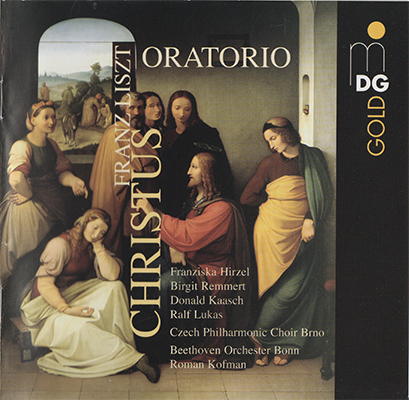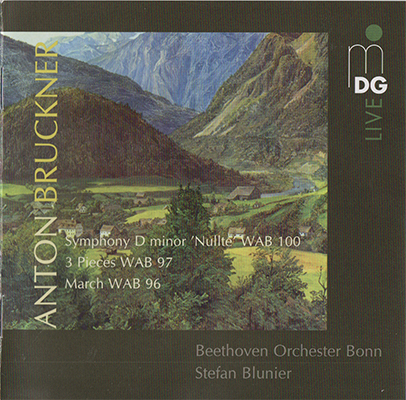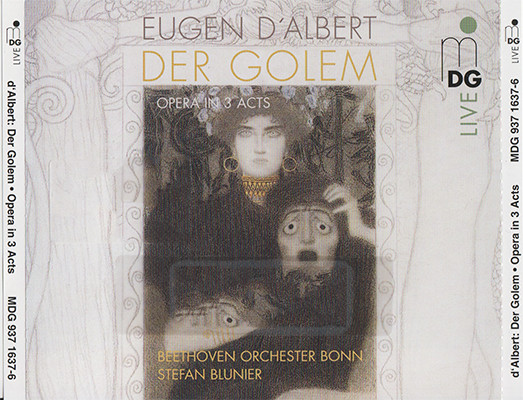
Beethoven Orchester Bonn, Stefan Blunier – Eugen D’Albert – Der Golem: Opera in 3 Acts (2010)
2xSACD ISO: 6,53 GB (Stereo + MCH DSD) | FLAC @ 24bit/88.2kHz: 1,96 GB | Full Artwork
Label/Cat#: MDG “Live” # 937 1637-6 | Country/Year: Germany 2010
Genre: Classical | Opera, Early 20th Century
Almost everything about the opera Der Golem is unusual, including its composer, Eugen D’Albert (1864-1932). Born in Glasgow to an English mother and German-born father of French and Italian extraction, he won a scholarship to the National Training School of Music in London at age twelve, studying under John Stainer and Arthur Sullivan. D’Albert began establishing himself as a piano virtuoso while still a student but in his late teens repudiated both his English citizenship and English musical training, becoming a German citizen and embracing German culture and language so thoroughly that he changed his first name from Eugène to Eugen and refused to write operas (of which he produced twenty-one) in any language other than German. Even when he embarked on his most popular opera, Tiefland (1903), which takes place in Spain and is based on a Spanish novel, D’Albert adamantly rejected the idea that it be in any language but German. So he produced a strange cross between Latinate verismo and early German Expressionism.
He was married six times and died while in Riga, Latvia, seeking a divorce from his sixth wife, presumably so he could marry his mistress, Virginia Zanetti. But his last marriage, to one Hilde Fels, had come unraveled long before this when, in 1923, he met the forceful Margit Labouchère. Apparently being putty in the hands of a woman, at least until he moved on to the next one, D’Albert fell under the influence of Labouchère, an occultist, who prevailed on him to write an opera based on the Jewish folktale of the golem. While the myth of the golem, an inanimate object brought to life by humans and endowed with supernatural strength, is centuries old, the story took on specificity in the eighteenth century when Jews in the Prague ghetto began ascribing the act of creating a golem to a historical figure, Rabbi Loew, an expert in the kabbalah and its mysteries, just as the German magician and alchemist Johannes Faustus had become mythologized in the sixteenth century.
D’Albert’s libretto is based on the legends from the Prague ghetto as well as a 1908 play by Hungarian playwright and rabbi Arthur Holitscher. The streamlined story lends itself to a brief summary: Rabbi Loew and his young disciple return to the Rabbi’s workshop with the golem, which they have formed out of clay and animated using cabalistic rituals. The Rabbi wakes his stepdaughter Lea and sends her away so that they can work in secret. He intends to make the golem, who possesses superhuman strength, his household servant. In the meantime, Kaiser Rudolf enters, seeking diversion from the Rabbi, whose feats of legerdemain are well known. After a kaleidoscope show, Rudolf departs, and the pair return to their work, which proves so successful that the Rabbi grants the disciple his wish—Lea’s hand in marriage. But she is taken with the golem and wants to know more about him. Slowly, she teaches the golem to speak.
In the Rabbi’s absence, the disciple tries to win Lea’s love, but her thoughts are on the golem alone. Once the disciple leaves, they strike up a conversation, but when Lea taunts the golem, he threatens her and she faints. He realizes that he has fallen in love with her. She professes her love for him as well. The Rabbi returns and tries to part the unlikely lovers. The incensed golem then goes on a rampage through the ghetto.
The disciple and two Jews have taken refuge in the observatory of astronomer Tycho Brahe; they discuss the horrors that the golem has visited on the ghetto. Other inhabitants take asylum, telling their own tales of woe. Finally, the Rabbi appears, vowing to take on the golem himself, though he decides he’s powerless over the creature and so turns to Lea, whose singing entices the golem to calm down. But in her effort to pacify the golem, she has expended her own life force. The golem, seeing that his beloved is no more, turns again to lifeless clay. Too late, the Rabbi realizes that he has overstepped the bounds of human wisdom and usurped powers that should be the Creator’s alone.
The music that D’Albert supplies for this dark and fantastic story is itself dark-hued and highly chromatic. The fledgling Expressionist gestures of his earlier opera Tiefland have matured here, but as in Tiefland, the lovers’ passions are rendered in music of high-Romantic songfulness, a remnant of Wagner’s influence even at this late date (1926). The music may not be utterly individual in style, but this combination of influences creates a unique sound picture. As in many operas with a limited cast, the opening scenes seem to drag, though in a staged performance the atmosphere conjured in the music would undoubtedly make an even greater impact in the context of stage business and set design. The visit of the Kaiser seems like the most expendable of subplots, but even this might have its dramatic points when staged. And the Rabbi’s magic show, presented as an orchestral interlude, gives witness to D’Albert’s considerable skills at orchestration.
On the other hand, there’s no denying the strange appeal of the scenes between Lea and the golem, with their mix of tension, lyricism, and raw passion. The crowd scenes in the last act ratchet up this tension effectively. It’s not hard to see why this weird opera was a hit at its premiere in Frankfurt—and given the rise of the Nazis just seven years later, why it languished for decades without many an airing.
The current recording is taken from of series of live performances at Theater Bonn in January of this year. Among the soloists, German soprano Ingeborg Greiner stands out by virtue of her part, which is central to the opera. Her light, attractive lyric soprano is well suited to Lea, who is young enough to be experiencing love, with all its vicissitudes, for the first time and yet who proves mature enough to perform an act of ultimate heroism. As the golem, American baritone Mark Morouse has an equally challenging task in portraying a creature who masters language in the course of the opera, as well as balancing the most brutish of impulses against more tender human emotions. Both singers convince in their roles.
The role of the disciple is a pretty thankless one, calling for a certain callowness, if not downright cluelessness. Tansel Akzeybek acquits himself well in the part; his voice is an attractive one, and he manages to inject just the right air of youthful uncertainty into his singing.
Of the principals, bass Alfred Reiter takes the most getting used to for me. He’s probably a fine stage presence, but I have a less than favorable opinion of his ample vibrato, especially since the recording seems to add a strange halo of reverb around his vocalizations. I’m told this is a strange side effect of the live recording itself – a sort of cupola directly above the singers. It’s unfortunate, seeming more apt to the soundtrack of a horror flick than an opera recording.
Speaking of recording, this one simply doesn’t do justice to the orchestra and chorus. Having heard the Beethoven Orchestra Bonn in their very present recording of Shostakovich’s Symphony No. 11 (on an MD&G SACD), it’s a leap to think of this as the same group. The orchestra is recessed in a recording that’s low level to begin with, so you really have to crank the volume to hear the music as it’s supposed to sound. That, of course, amplifies the stage noises, which admittedly aren’t as intrusive as in some other recordings. But still, they’re there. And increasing the volume also flattens the sonic image, as well as negates the natural ambience of the hall.
Thus my report must be a mixed one. The opera is very much worth hearing—and owning (though I wish MD&G had supplied an English translation of the libretto). The performances are for the most part on target. The recording, especially given that it’s supposed to provide an audiophile experience, is lacking. So I guess this must be a qualified recommendation, but a recommendation nonetheless, given the quality of D’Albert’s music.
– Lee Passarella audiophile audition
Tracklist:
SACD 1:
1 Act I – Beginning of Act I 4:36
2 Act I – ‘Bring ihn, den Gast’ (Rabbi) 6:58
3 Act I – ‘Bin ich dir unbekannt?’ (Kaiser) 9:55
4 Act I – ‘Dies war nur Gaukelei’ (Rabbi) 11:34
5 Act I – ‘Aus welchem Lande holt mein Vater taubstumme Diener?’ (Lea) 15:56
SACD 2:
1 Act II – Beginning of Act II 4:36
2 Act II – ‘Jetzt sprech ich Lea allein’ (Jünger) 3:25
3 Act II – ‘Sag, da wir allein sind’ (Lea) 4:47
4 Act II – ‘Über die Schwelle darf ich nicht treten’ (Golem) 5:55
5 Act II – ‘Unbewegt! Warum hattest du dich gewehrt?’ (Golem) 11:02
6 Act II – ‘Wir sind verraten’ (Golem) 5:01
7 Act II – ‘Vater!’ ‘Meister!’ (Lea, Golem) 2:57
8 Act III – Beginning of Act III 4:41
9 Act III – ‘Rabbi! Rabbi!’ (Jude) 7:41
10 Act III – ‘O, meine Seele’ (Golem) 6:49
11 Act III – ‘Auf dunklen Wogen kommt Schlaf gezogen’ (Lea) 4:16
12 Act III – ‘Beide gehören zusammen’ (Golem) 5:38
13 Act III – ‘Ruhe auch du, Golem’ (Rabbi) 3:21
Note:
Recording: January, 19, 20, 22, 24, 2010, Theater Bonn
Tonmeister: Friedrich Wilhelm Rödding
SACD ISO
https://hexload.com/irzck58tdfry/EDBOBISO1.part1.rar
https://hexload.com/m7b1le8kojni/EDBOBISO1.part2.rar
https://hexload.com/it3xe5x3j08h/EDBOBISO1.part3.rar
https://hexload.com/uivgd4c1gm5q/EDBOBISO2.part1.rar
https://hexload.com/n9jyt4ysslro/EDBOBISO2.part2.rar
https://hexload.com/o676aaagm5lw/EDBOBISO2.part3.rar
https://hexload.com/4yzgaeg5ry08/EDBOBISO2.part4.rar
https://xubster.com/6hljtm2whrhx/EDBOBISO1.part1.rar.html
https://xubster.com/9xl3fidy8vdv/EDBOBISO1.part2.rar.html
https://xubster.com/ty5lpnmaecek/EDBOBISO1.part3.rar.html
https://xubster.com/ewdi0k69ed3l/EDBOBISO2.part1.rar.html
https://xubster.com/q84qy5tunqn5/EDBOBISO2.part2.rar.html
https://xubster.com/754m8rvf90i7/EDBOBISO2.part3.rar.html
https://xubster.com/3gaujjcab0qb/EDBOBISO2.part4.rar.html
Hi-Res FLAC
https://hexload.com/2c2xlby61udq/EDBOBFLAC1.rar
https://hexload.com/ymn8vr29vyx0/EDBOBFLAC2.part1.rar
https://hexload.com/cthlxl4ehcrh/EDBOBFLAC2.part2.rar
https://xubster.com/zp7hyiv91vh1/EDBOBFLAC1.rar.html
https://xubster.com/nicw71j7g7xh/EDBOBFLAC2.part1.rar.html
https://xubster.com/iw4kfiwaeyrd/EDBOBFLAC2.part2.rar.html
Info + Art



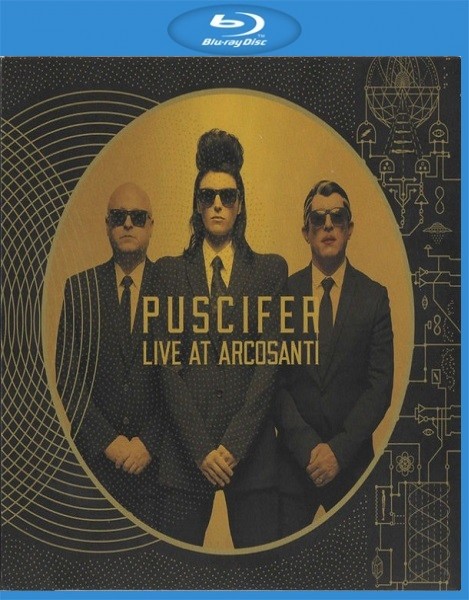

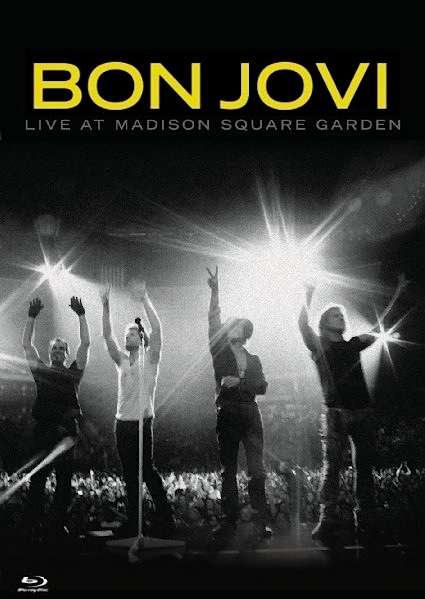
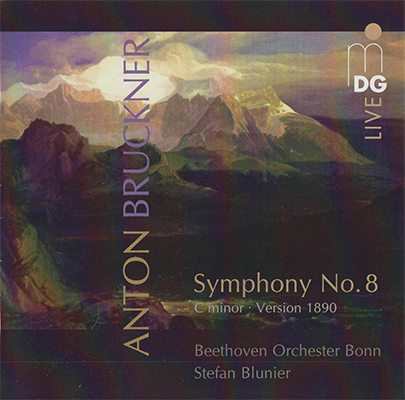
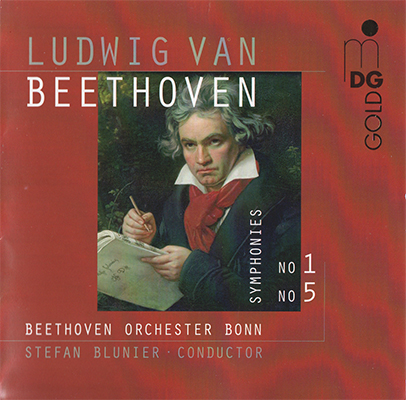
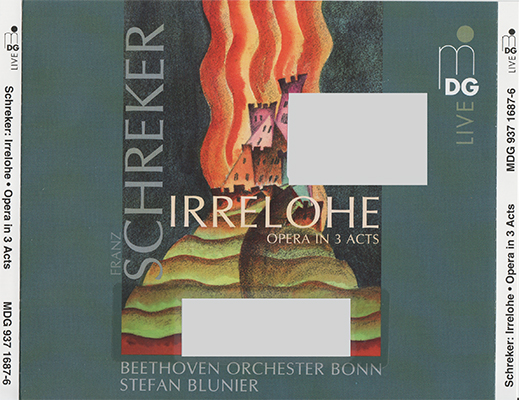
![Alban Gerhardt, Deutsches Symphonie-Orchester Berlin, Stefan Blunier – Fitzenhagen: Cello Concertos (2015) [Official Digital Download 24bit/48kHz]](https://imghd.xyz/images/2023/02/02/1w55fQ1.jpg)
